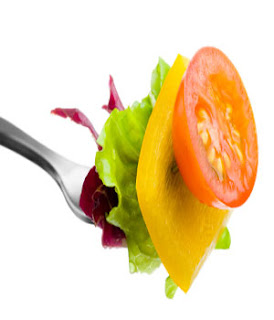The incidence of erectile dysfunction among men is rising steadily. A number of risk factors are associated with its development. One of the most significant risk factors is a diet not providing sufficient nutrients. This study illustrates how poor nutrition contributes to erectile dysfunction and how improved nutrition relieves its symptoms. A survey of males between the ages of 30 and 80 provides information regarding their dietary habits, lifestyle, and erectile functioning. This data and a comprehensive literature review address research questions assessing the risk factors for erectile dysfunction in the population and associations between these variables. This analysis indicates the two research hypotheses are true: 1) men with poor nutrition are more likely to suffer from erectile dysfunction than men with good nutrition across all age groups; and 2) satisfactory erectile function can be restored through positive dietary changes and nutritional supplementation.
The majority of men exhibit unhealthy dietary and lifestyle patterns. Despite believing they are eating healthy diets the evidence is to the contrary. A significant number of men already suffer from erectile dysfunction while much of the remainder of the population is at significant risk for its future development. It is important for men to recognize that erectile dysfunction is a warning signal for other diseases, particularly cardiovascular disease. It is also important for men to understand that erectile dysfunction may not be the first symptom to appear, but once other diseases express themselves it likely follows.
A significant effort is required to provide men with information and education so they better understand the role of diet in contributing to erectile dysfunction. This will enable them to make informed choices regarding their behavior in relationship to the key risk factors. While the evidence presented in this study is compelling, future studies including quantitative research based on a random national sample and clinical interventions would provide additional support for this position.
Bernard J. Rosen
A Dissertation Submitted in Partial Fulfillment of the Requirements for the Degree of Doctor of Philosophy Clayton College of Natural Health Birmingham, Alabama
The majority of men exhibit unhealthy dietary and lifestyle patterns. Despite believing they are eating healthy diets the evidence is to the contrary. A significant number of men already suffer from erectile dysfunction while much of the remainder of the population is at significant risk for its future development. It is important for men to recognize that erectile dysfunction is a warning signal for other diseases, particularly cardiovascular disease. It is also important for men to understand that erectile dysfunction may not be the first symptom to appear, but once other diseases express themselves it likely follows.
A significant effort is required to provide men with information and education so they better understand the role of diet in contributing to erectile dysfunction. This will enable them to make informed choices regarding their behavior in relationship to the key risk factors. While the evidence presented in this study is compelling, future studies including quantitative research based on a random national sample and clinical interventions would provide additional support for this position.
Bernard J. Rosen
A Dissertation Submitted in Partial Fulfillment of the Requirements for the Degree of Doctor of Philosophy Clayton College of Natural Health Birmingham, Alabama




